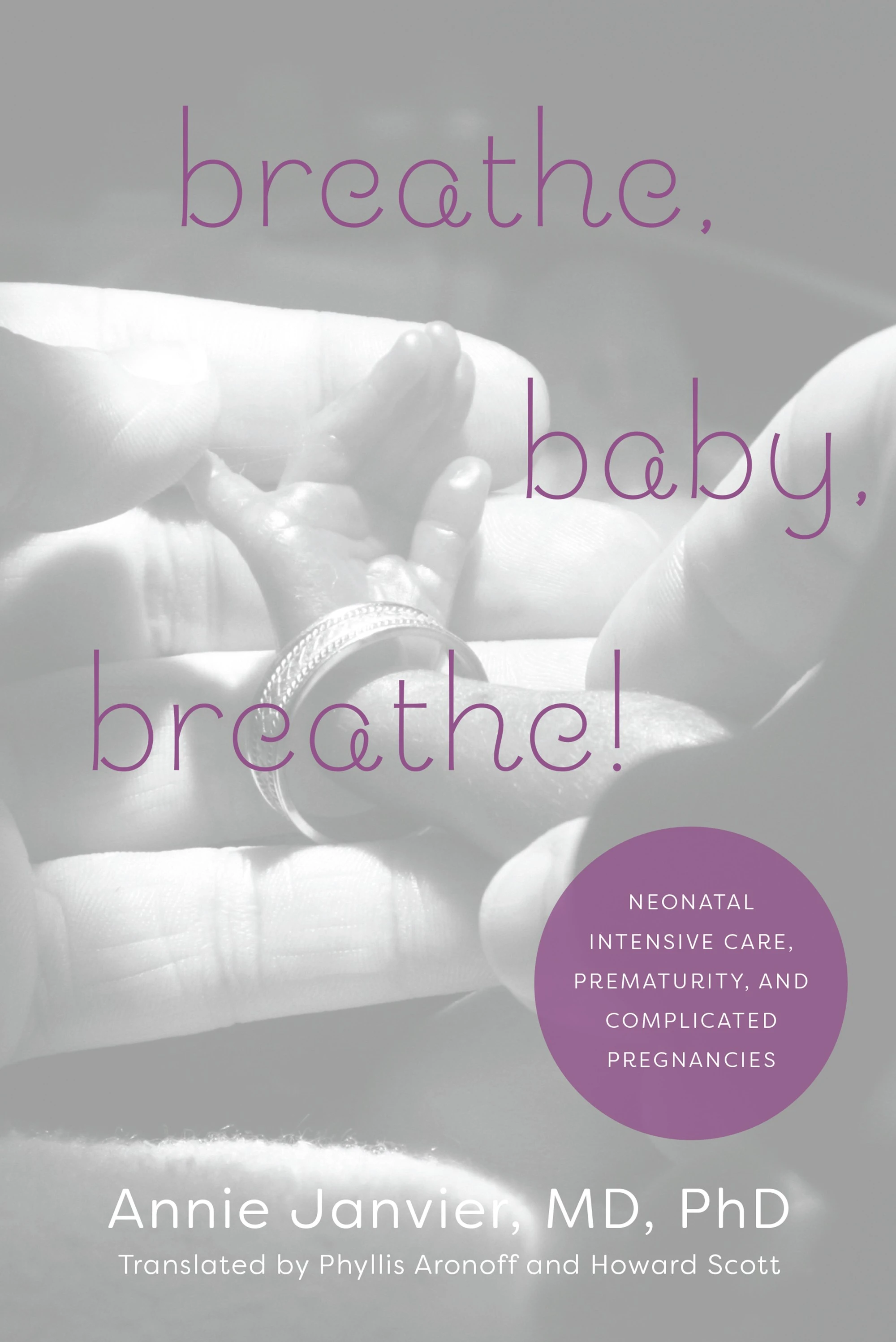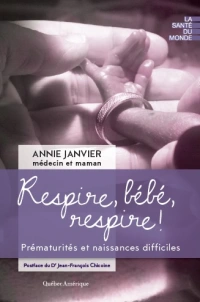Abdulkadir B, et al. Stool bacterial load in preterm infants with necrotising enterocolitis. Early Hum Dev. 2016;95:1-2. More work from the Newcastle group, this time the group decided not to look at the proportion of different bugs in the stools, but the total bacterial copy count number. They took stools from 10 babies with NEC and 10 controls. When the total bacterial load was analyzed, there were no significant differences.
Dutta S, et al. Comparison of stool colonization in premature infants by three dose regimes of a probiotic combination: a randomized controlled trial. American journal of perinatology. 2015;32(8):733-40. This RCT compared 4 groups (n=149 total), no probiotics in one group, and 3 different doses in other groups. Their preparation included Lactobacillus acidophilus, Lactobacillus rhamnosus, Bifidobacterium longum, and Saccharomyces boulardii. They received either a billion a day for 21 days, 10 billion a day for 21 days, or 10 billion a day for 14 days. The main outcome they were investigating was the rate of stool colonization. Almost none of the babies grew Saccharomyces, about half of the controls and over 80% of the treated babies grew Lactobacilli, around about 1/3 of controls, and 80% of treated babies grew Bifidobacteria. There were no real differences between the treated groups. They also did quantitative cultures, and the median probiotic bacterial counts for all species in control babies was zero, and were very much higher in treated babies. The counts tended to be a bit higher with the highest dose group, but these data suggest that the dose of the probiotic regime may not be very important: as they are live organisms and we are hoping for colonization and growth in the intestines, I don’t find that very surprising.
Kanic Z, et al. Influence of a combination of probiotics on bacterial infections in very low birthweight newborns. Wien Klin Wochenschr. 2015;127 Suppl 5(5):S210-5. This was a small RCT (n=80) which was not included in the recent systematic review of probiotics to prevent invasive late-onset sepsis in very preterm infants that I discussed recently. A mixture of Lactobacillus acidophilus, Enterococcus faecium and Bifidobacterium infantum substantially decreased the rate of sepsis, which is consistent with the results of the systematic review.
And now some Necrotising Enterocolits research that isn’t specifically about the microbiome.
Shin SH, et al. Surgical Necrotizing Enterocolitis versus Spontaneous Intestinal Perforation in White Matter Injury on Brain Magnetic Resonance Imaging. Neonatology. 2016;110(2):148-54. 9 very preterm babies with spontaneous perforation were compared to 24 with surgical NEC. The white matter injury score was significantly worse with surgical NEC.
Schat TE, et al. The relation between splanchnic ischaemia and intestinal damage in necrotising enterocolitis. Archives of disease in childhood Fetal and neonatal edition. 2016. The authors followed 19 preterm babies with NEC during 48 hours after onset of the condition, 10 of whom had surgery or died (complicated NEC), and 9 did not (uncomplicated). Using NIRS to investigate intestinal oxygenation:
The uncomplicated NEC cases seem to have had hyperperfusion at the start, with low oxygen extraction, which gradually got back towards normal. The complicated cases had relatively high values at first, maybe because their perfusion was limited, and this progressively fell, perhaps due to necrosis. The I-FABPp levels (Intestinal Fatty Acid Binding Protein in plasma) an indicator of disease activity in NEC, were higher in the complicated cases.
Shah SD, et al. Early versus Delayed Human Milk Fortification in Very Low Birth Weight Infants-A Randomized Controlled Trial. The Journal of pediatrics. 2016. This is an RCT in 100 VLBW infants, who were receiving either maternal or donor breast milk. They were randomized to have breast milk fortifier (Mead Johnson Liquid Fortifier, supplied by the manufacturers who also funded the trial, but didn’t have much to do with the trial otherwise, they didn’t design or analyze it), started at 20 mL/kg/d of feeds, or to wait until they reached 100 mL/kg/d. The study doesn’t have a lot of power for safety outcomes, but it is I think the first trial to examine this issue.
The feeding protocols are painfully slow, babies under 800 g for example “received trophic feedings (10 mL/kg/d) for 3 days and advanced by 10 mL/kg/d every other day”. But at least they were the same between the two groups.
There were no differences in days to full feeds (that is, the early fortified feeds were tolerated as well as the late fortified feeds) or in NEC, or in other adverse outcomes. The only significant difference is that the early fortified babies received more protein over the first 4 weeks of life. Somehow the babies received the same calorie intake over these 4 weeks, which I guess must be because this was an unblinded study, and the doctors decreased the intravenous calories when the babies got early fortification, to match the calorie intake of the late fortified. But they didn’t do the same thing with intravenous protein.
Despite getting more protein, they still didn’t get enough, (at least according to the ESPGHAN standards which recommend 4 to 4.5 g/kg/d) they averaged around 3.5 g/kg/d; and they didn’t get enough calories either, averaging 110 kcal/kg/d when on full feeds, whereas 120 or more is preferable.
Growth (in weight) was a little better in the early fortified group, but they still lost 1.3 standard deviation of weight between birth and 36 weeks.
In order to get better growth outcomes, more protein, and more calories, and an on-going emphasis on adequate nutrition throughout the NICU stay are required.
Early fortification is probably safe, according to this trial, so integrating it into a comprehensive approach to improve nutritional outcomes is appropriate.
As I have noted before on this blog, there are no reliable data that show that how we feed babies has any influence on NEC, when we start, how we advance, when we advance etc. none of those things have been shown to affect the incidence of Necrotising Enterocolitis. The only exception to that general rule is a single trial of 140 preterm infants that kept the babies nil by mouth for an average of 10 days after birth, and then randomized them to get 10 days of small volume feeds compared to immediate feed advancement. That trial was stopped early after 1 small volume baby and 7 of the immediate advancement babies developed NEC. So if you keep your babies without feeds for too long, it might make a difference if you use a period of “trophic feeding”. (one of their NEC babies had been npo for 31 days before the intervention started!) Otherwise there is no evidence from any other intervention trial that feeding patterns change whether a baby develops NEC or not. Despite this there have been many publications of groups that state something like “we have low NEC rates because we hardly feed our babies any milk”. I think that much of the difference in NEC rates between NICUs is likely due to differences in the bacteriology of different NICUs, and different acquisition of the intestinal microbiome between those units. Something that we can manipulate, with some degree of success.










Interesting
Good work. I may look forward to see you. Dr